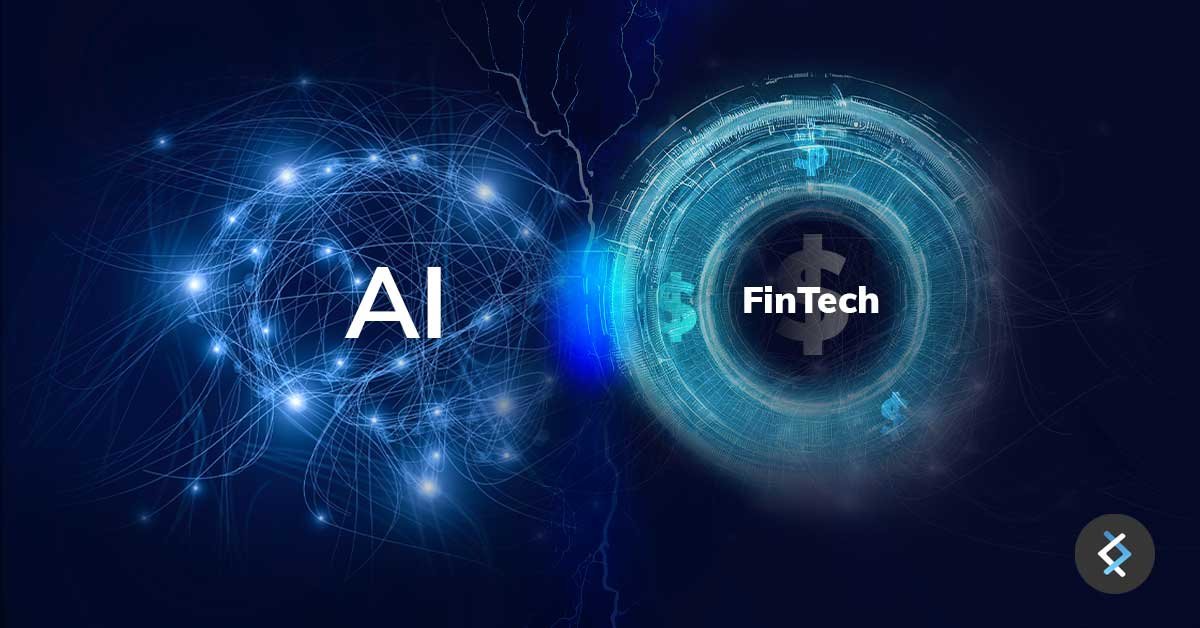Introduction
The fintech industry is undergoing one of the most transformative shifts in its history. While the first wave of fintech innovation was defined by mobile banking, digital payments, and blockchain technology, the next frontier is being shaped by Generative AI (GenAI). Unlike traditional AI models, which analyze patterns and make predictions, Generative AI goes a step further by creating new outputs—from personalized financial advice to dynamic fraud detection models.
Global financial institutions, investors, and regulators are closely watching how GenAI is reshaping financial services. According to PwC, nearly 52% of financial services leaders plan to increase AI investments by over 25% in 2025, with Generative AI seen as the catalyst for exponential efficiency gains. However, while the opportunities are vast, the technology also brings new threats—from security loopholes to regulatory complexities.
This blog dives into the opportunities, risks, and the long-term future of Generative AI in fintech, providing a deep analysis of what lies ahead for financial services.
The Opportunities of Generative AI in Fintech
Generative AI holds the potential to reshape every facet of financial services, from customer experience to risk management.
1. Hyper-Personalized Banking and Wealth Management
Traditional financial advisors rely on static questionnaires and general portfolio models. GenAI, however, can generate customized investment strategies by analyzing customer behavior, transaction history, real-time market data, and even unstructured data like news sentiment.
For example, an AI-powered robo-advisor can:
- Create a personalized asset allocation plan within seconds.
- Continuously update strategies based on real-time market volatility.
- Adapt advice dynamically for life events such as job changes, marriage, or retirement.
This level of personalization increases customer satisfaction, engagement, and trust in digital-first financial services.
2. Smarter Risk Assessment and Credit Decisions
Traditional underwriting systems depend heavily on credit scores and historical repayment data. Generative AI can simulate borrower behavior under different conditions, building more robust risk models.
Banks and fintech lenders can use GenAI to:
- Assess thin-file customers who lack traditional credit history.
- Model macro-economic stress tests dynamically.
- Identify early warning signals of potential loan defaults.
The result is faster loan approvals with reduced non-performing asset (NPA) risks, especially in emerging markets like India and Africa.
3. Fraud Detection and Cybersecurity
Fraud remains one of the biggest challenges in digital finance, costing the industry billions annually. Generative AI can create synthetic fraud scenarios to train machine learning systems, making them more resilient to evolving attack patterns.
Use cases include:
- Detecting deepfake fraud attempts in KYC/AML verification.
- Simulating phishing and account takeover attacks for better defense.
- Enabling proactive fraud monitoring through anomaly detection.
Instead of reacting to fraud, GenAI allows institutions to predict and neutralize threats before they occur.
4. Automated Regulatory Compliance
Financial institutions spend millions annually on compliance and reporting. Generative AI can automatically generate compliance reports, audit trails, and regulatory filings with precision.
For instance:
- AI can summarize 500-page regulatory updates into actionable compliance requirements.
- Smart assistants can flag transactions violating AML/KYC laws in real time.
- Automated reporting reduces both compliance costs and human errors.
This not only helps banks stay compliant but also accelerates innovation by freeing teams from manual tasks.
5. Cost Efficiency and Process Automation
By automating everything from document processing to customer service, Generative AI can drastically cut costs for banks and fintech startups.
- Customer support powered by GenAI chatbots reduces call center dependency.
- Automated document verification shortens onboarding times.
- Real-time financial insights lower operational overheads.
According to McKinsey, Generative AI could unlock $200–$340 billion annually in banking productivity gains alone.
The Threats of Generative AI in Fintech
While the opportunities are enormous, Generative AI also brings unique risks that financial institutions cannot ignore.
1. AI-Driven Fraud and Deepfakes
The same tools that help prevent fraud can also be weaponized. Hackers can use GenAI to:
- Create fake identities for KYC breaches.
- Generate realistic deepfake voices/videos for social engineering scams.
- Automate phishing attacks at scale using hyper-personalized content.
This arms race between security teams and fraudsters means cybersecurity must evolve alongside AI adoption.
2. Regulatory and Ethical Concerns
Generative AI raises questions of transparency and accountability. For example:
- Who is liable if an AI-generated investment recommendation causes losses?
- How can regulators audit “black-box” models that create financial strategies?
- Are GenAI systems biased against certain groups when making credit decisions?
Global regulators are now exploring AI-specific compliance frameworks, but until they are standardized, financial institutions operate in a gray zone.
3. Data Privacy Risks
Generative AI thrives on massive datasets, but in finance, data privacy is paramount. Risks include:
- Customer data being leaked via AI-generated outputs.
- Unauthorized use of sensitive financial information.
- Cross-border compliance conflicts under GDPR, RBI, and other frameworks.
Ensuring privacy-by-design is crucial for AI adoption in financial services.
4. Workforce Displacement
While AI enhances efficiency, it also threatens traditional financial jobs. Roles in:
- Customer service,
- Loan processing, and
- Compliance auditing
…are increasingly being automated. The challenge for the industry will be reskilling the workforce to manage and supervise AI systems rather than compete with them.
5. Over-Reliance on AI Models
If financial institutions depend too heavily on AI, they risk systemic vulnerabilities. For example, if multiple banks rely on similar GenAI-driven credit risk models, a shared error could cascade into widespread financial instability, similar to the 2008 crisis caused by flawed mortgage models.
The Future of Generative AI in Financial Services
Despite its challenges, the trajectory of Generative AI in fintech is overwhelmingly positive. Here’s what the future holds:
1. AI-First Banks and Digital-Only Financial Services
We’re moving toward an era of AI-native financial institutions, where customer interactions, underwriting, fraud detection, and compliance are fully AI-driven. Neo-banks in Europe and Asia are already experimenting with this model.
2. Human + AI Hybrid Advisory Models
Instead of replacing human advisors, Generative AI will enhance them. Financial advisors will use AI copilots to analyze vast datasets and provide deeper insights, while retaining the human touch customers value in wealth management.
3. Global Standardization of AI Regulations
Just as Basel norms unified banking risk frameworks, expect a Basel-like framework for AI in finance. Countries like the US, UK, and India are already drafting AI-specific financial compliance rules, signaling a global push for standardization.
4. Rise of AI-Powered Embedded Finance
Generative AI will power embedded finance solutions, where financial services are seamlessly integrated into non-financial platforms—e-commerce, ride-hailing apps, and even social media. Personalized financial products will be generated in real time.
5. Quantum AI + GenAI Synergy
Looking ahead, the convergence of Quantum Computing and Generative AI could unlock unprecedented speed and accuracy in risk modeling, fraud detection, and algorithmic trading—reshaping global financial markets.
Conclusion
Generative AI represents a paradigm shift in fintech, offering opportunities to unlock personalization, efficiency, and resilience while introducing new threats that demand caution. The financial services industry stands at a crossroads: embrace GenAI strategically and responsibly, or risk falling behind in the next wave of digital disruption.
The winners of tomorrow will be those institutions that balance innovation with regulation, ensuring AI is leveraged as a tool for inclusion, security, and long-term growth.



















